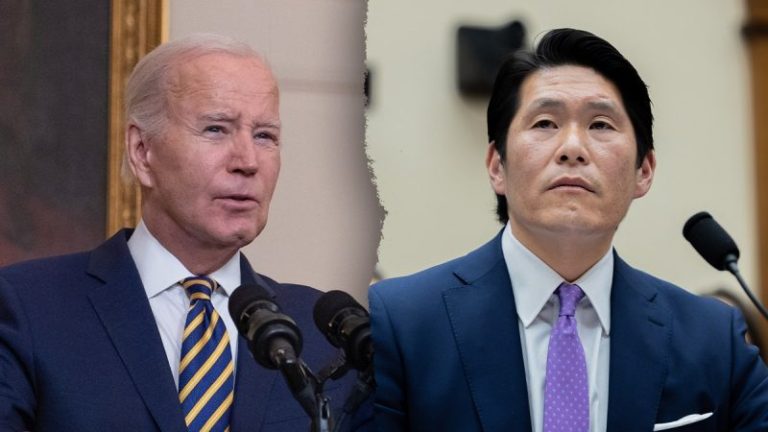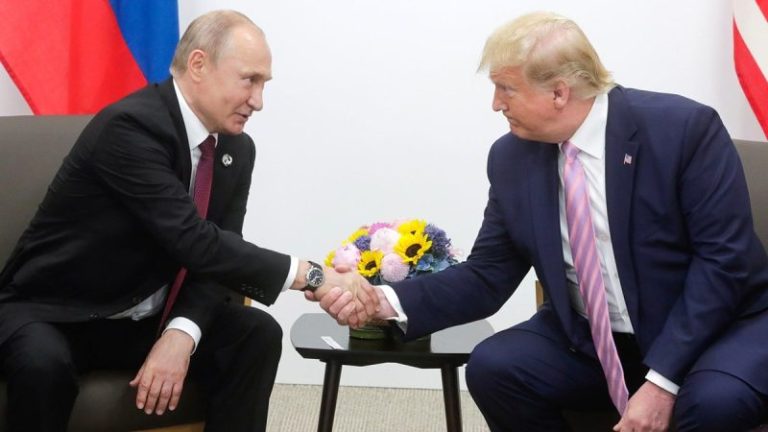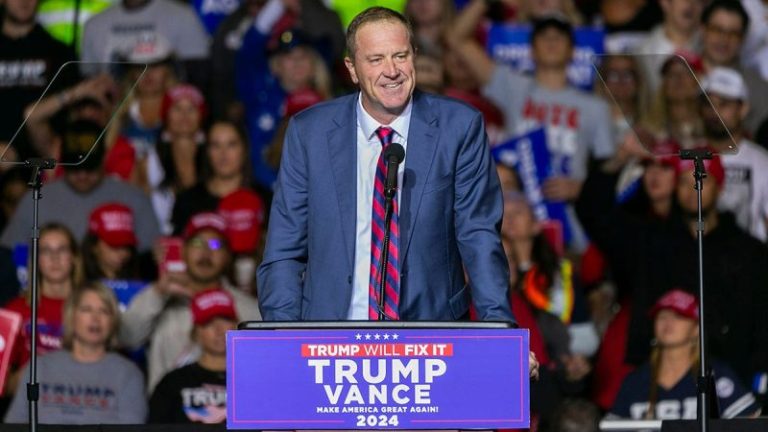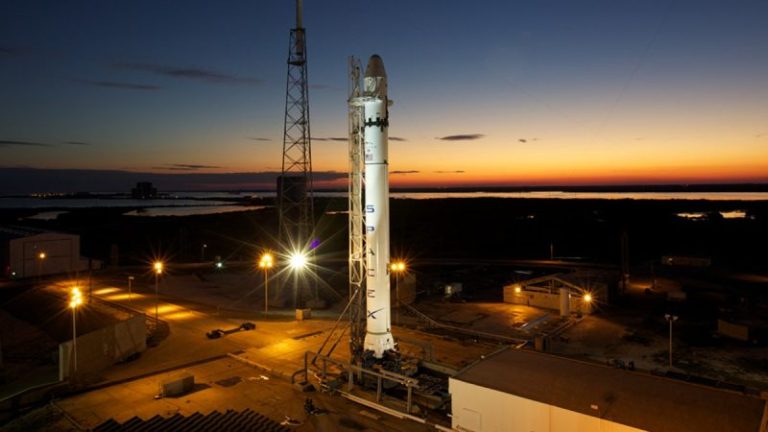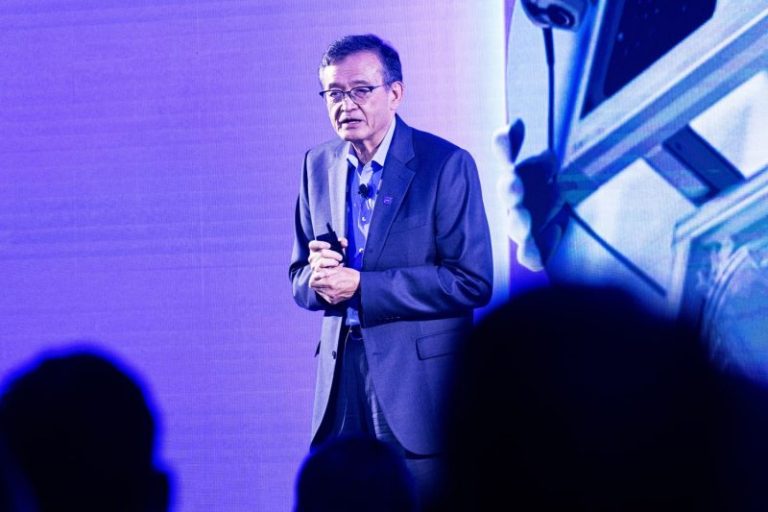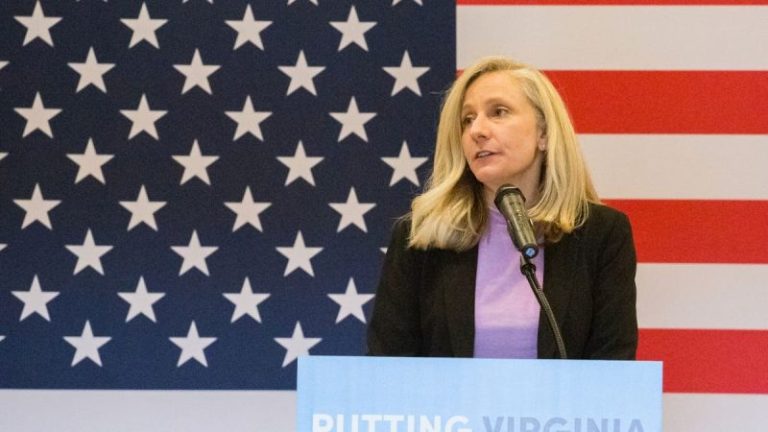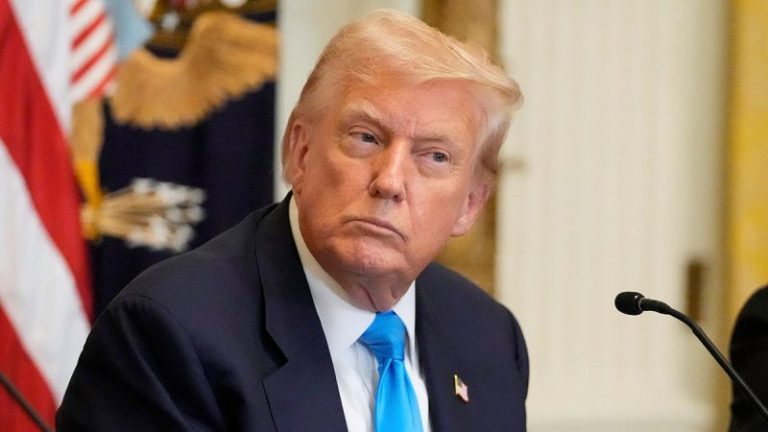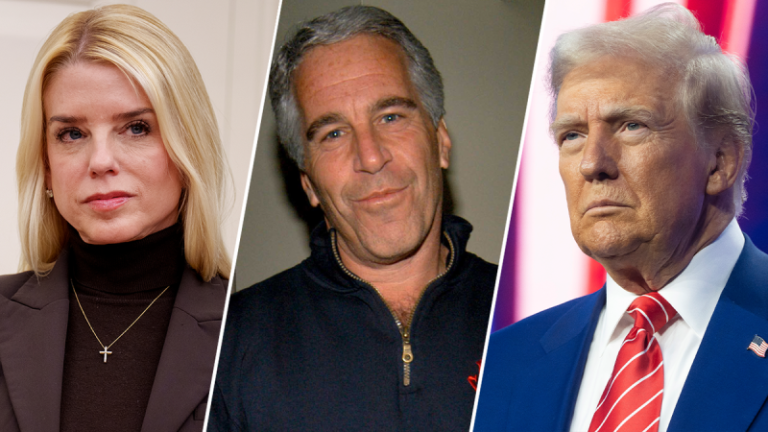Former President Joe Biden’s campaign team allegedly opted against a Super Bowl interview last year because of special counsel Robert Hur’s report, Fox News Digital has learned.
A source familiar with Anita Dunn’s interview with the House Oversight Committee told Fox News Digital the report, in which Hur described Biden as ‘well-meaning, elderly man with a poor memory,’ factored into Biden breaking with the decades-old tradition.
But a source close to Dunn told Fox News Digital she said Biden’s team decided against doing a Super Bowl interview last year because it thought the main coverage would be about what he did with classified records and not about the president’s policy decisions. The source claimed the choice was made before Hur’s report was released.
Dunn sat with House investigators for just over five hours Thursday as Oversight Committee Chairman James Comer, R-Ky., probes allegations that Biden’s inner circle worked to conceal evidence of mental decline in the former president.
The source familiar with her interview said Dunn also told committee staff that Biden’s inner circle came to a consensus he should not take a cognitive test, concluding it would offer no political benefit.
It comes two days after Fox News Digital was told that ex-deputy White House chief of staff Bruce Reed, who met with House investigators Tuesday, said Biden’s White House physician Kevin O’Connor called cognitive tests ‘meaningless.’
The source close to Dunn said Thursday that Biden’s team believed he would be able to pass a cognitive test, even if they saw no political benefit in one.
Dunn also told investigators she was not aware of Biden’s stutter, which he’s said he dealt with all his life, until media coverage of it in 2020, the first source said.
‘She went on to blame the media for pushing the narrative that President Biden was old,’ the source said.
The practice of pre-Super Bowl interviews began with former President George W. Bush opting to sit for an interview before the big game in 2004 and has followed by both former President Barack Obama and President Donald Trump, though Trump also skipped out on a Super Bowl interview in 2019.
Biden sat for Super Bowl interviews in 2021 and 2022, but did not in 2023 and 2024.
In 2023, talks about a pre-Super Bowl interview fell through with Fox Corp.
Hur’s report was released publicly Feb. 8, 2024. The Super Bowl was played Feb. 11 that year.
Hur was appointed special counsel by former Attorney General Merrick Garland in 2023 to investigate whether Biden mishandled classified documents.
Hur ‘uncovered evidence that President Biden willfully retained and disclosed classified materials after his vice-presidency when he was a private citizen’ but said it did not ‘establish guilt beyond a reasonable doubt.’
Given that Biden ‘would likely present himself to a jury, as he did during our interview of him, as a sympathetic, well-meaning, elderly man with a poor memory,’ Hur said, ‘it would be difficult to convince a jury that they should convict him — by then a former president well into his eighties — of a serious felony that requires a mental state of willfulness.’
Dunn is the tenth ex-Biden administration official to appear before the House Oversight Committee.
In addition to investigating the alleged cover-up, Committee Chairman James Comer, R-Ky., is looking into whether decisions were approved via autopen without the former president’s knowledge.
Of particular interest to Comer is the myriad of clemency orders Biden signed in the latter half of his presidency, though the former president told The New York Times last month he was behind every decision.
Dunn, like most who appeared before her, defended Biden’s mental acuity to committee investigators.
‘The president made it clear that decisions rested with him, and White House staff brought issues to him for him to decide,’ Dunn said in her opening statement, obtained by Fox News Digital. ‘I believed strongly then, and I believe just as strongly today, that Joe Biden was an effective president who accomplished many important things for the American people.’
A spokesperson for the House Oversight Committee criticized Dunn after the statement came out in the media, however.
‘It’s no surprise Anita Dunn is telling the American people not to believe their own eyes, claiming Joe Biden was sharp and ‘fully engaged.’ This opening statement, leaked to media before Ms. Dunn even delivered it, is yet another example of the absurd lengths Biden loyalists will go to defend his failed presidency,’ the spokesperson told Fox News Digital.
Fox News Digital also reached out to a representative for Biden and to Dunn’s counsel for comment.

